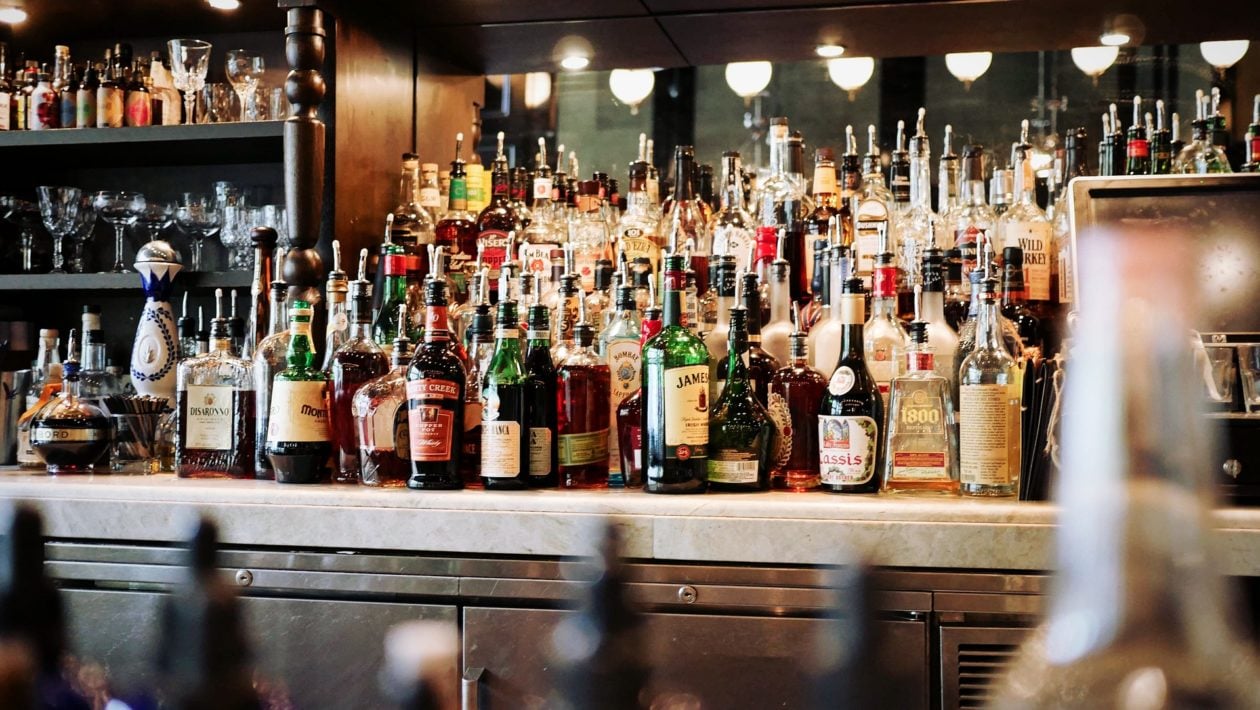When a person loses control over their alcohol intake, this means that they can be classified as an alcoholic. Becoming dependent upon a substance to the point of moving priorities around can harm not just our day-to-day life, but our body and the way it presents itself to the world.
A serious problem, alcoholism can commonly be addressed by noting particular physical signs and symptoms. One particularly common area to possess alcoholism side effects is via your skin and the various issues that may manifest as a result.
Common Physical Signs of Alcoholism
When an individual does not receive help for their alcoholism and substance abuse problems, issues may become apparent through their skin. Drinking alcohol is one of the worst things we can do to our skin, at least according to nutritionists like Jairo Rodriguez. He claims that alcohol is one of the more devastating compounds that we can introduce to our skin, leading to rapid signs of aging.
Let’s swing our focus toward some of the most common skin damage issues of an alcoholic.
1) Dehydration and Dry Skin – Everyone knows that drinking alcohol will leave you dehydrated. That’s why it is so important to counter any alcoholic beverages with a glass of water. Drinking more than two drinks a day can lead to damage to your skin through dehydration, impacting the fluid that would otherwise be hydrating your skin. Damage could include acne, scarring, pimples, and even dry skin.
Key Takeaway: Drinking alcohol dehydrates you, leaving wrinkles, age-related damage, and dry skin in its wake.
2) Inflammation and Facial Redness – While dehydration is one of the leading results of drink-related skin damage, inflammation, flushing, and facial redness are all notable signs of alcoholism. The consumption of alcohol leads to a histamine reaction, leading to redness, flushing, and potential permanent discoloration.
Key Takeaway: Occasional redness and flushing will happen after drinking. Alcoholism and the heavy drinking it requires may lead to that redness becoming more permanent and prominent.
3) Broken Blood Vessels – Regular heavy drinkers are likely to note issues with their blood vessels as they sit below the skin’s surface. Temporary flushing can eventually lead to a capillary bursting due to dilation, creating notable purple and red veins that sprawl across our face and cheeks. It is possible to address these issues, though prevention is a far better approach as more extensive recovery services are required.
Key Takeaway: Heavy drinking can lead to blood vessels bursting as well as the expensive procedure required to fix them. This type of skin damage is potentially irreversible and should not be taken lightly.
Handling alcoholism and addiction are difficult in the best of circumstances. Finding help is integral to overcoming the hurdles and barriers that addiction can place before us. With a sharp eye for signs and symptoms as well as a strong support group, jogging down the path toward recovery is easier than ever. Detox kits and various aesthetic services are now available to help overcome some of the manifestations listed above. For further information, consult your healthcare professional!

